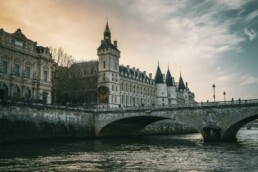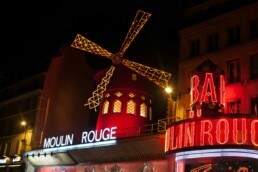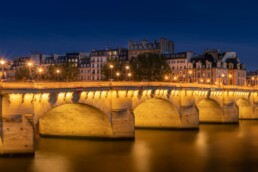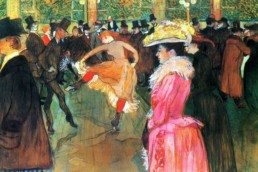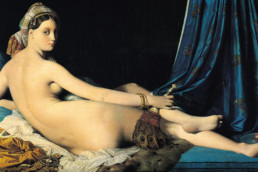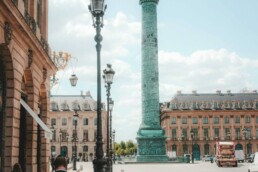In the golden light of a Sunday afternoon, the hill of Montmartre buzzed with life and anticipation. It was the year 1876, and Paris was on the cusp of modernity, its spirit captured in the lively brushstrokes of Pierre-Auguste Renoir. The scene was set in the open air, a hallmark of the Impressionists who sought to capture the fleeting moments of light and life. At the heart of this tableau stood the Moulin de la Galette, its sails turning slowly against the azure sky, a beacon for those seeking pleasure and camaraderie.
The Setting of the Scene
Renoir’s Bal du moulin de la Galette immortalizes this vibrant atmosphere, where people from all walks of life came together to dance, talk, and enjoy the simple pleasures of a sunny afternoon. The figures in the painting are not mere models but friends of the painter—writers, fellow artists, and regular patrons of the Moulin. Among them, one can identify the writer Georges Rivière, and the painters Norbert Gœneutte and Franc-Lamy, each captured in mid-conversation at a table in the foreground.
The Three Planes
Renoir masterfully divides his composition into three planes. In the foreground, a group of seated figures engage in animated conversation. The middle ground is dominated by the dancers, their movements a blur of energy and joy. In the background, the structures of the Moulin loom, providing a stage for the orchestra that adds music to the scene.
Rather than using the traditional method of clarity in the foreground that fades into a blur, Renoir employs a uniform softness throughout the painting. Depth is suggested by the size of the figures rather than by sharpness of detail. The entire scene is bathed in a blue-tinged light, with patches of sunlight filtering through the foliage, creating a dappled effect that brings the canvas to life. Notably, a couple on the left stands out, their figures enveloped in light, highlighting the woman’s pale pink dress that amplifies their presence.
A Moment in History
During the creation of this masterpiece, Renoir took up residence in a small house on Rue Cortot. The painting was presented at the third Impressionist exhibition in April 1877, where it was hailed by critics. Georges Rivière, in particular, praised it as “a page of history, a precious monument of Parisian life, rendered with rigorous accuracy.”
Legacy of the Masterpiece
Purchased in 1879 by Gustave Caillebotte, a fellow painter and friend of Renoir, the painting was later bequeathed to the French state in 1894. Today, Bal du moulin de la Galette is housed in the Musée d’Orsay, where it continues to enchant visitors with its depiction of Parisian joie de vivre.
Renoir’s work is more than just a painting; it is a chronicle of a moment in Parisian history, a snapshot of a society reveling in the joys of life. The Moulin de la Galette, with its lively crowd and festive atmosphere, remains a testament to the timeless allure of Paris, a city where the past and present dance together in a never-ending celebration.
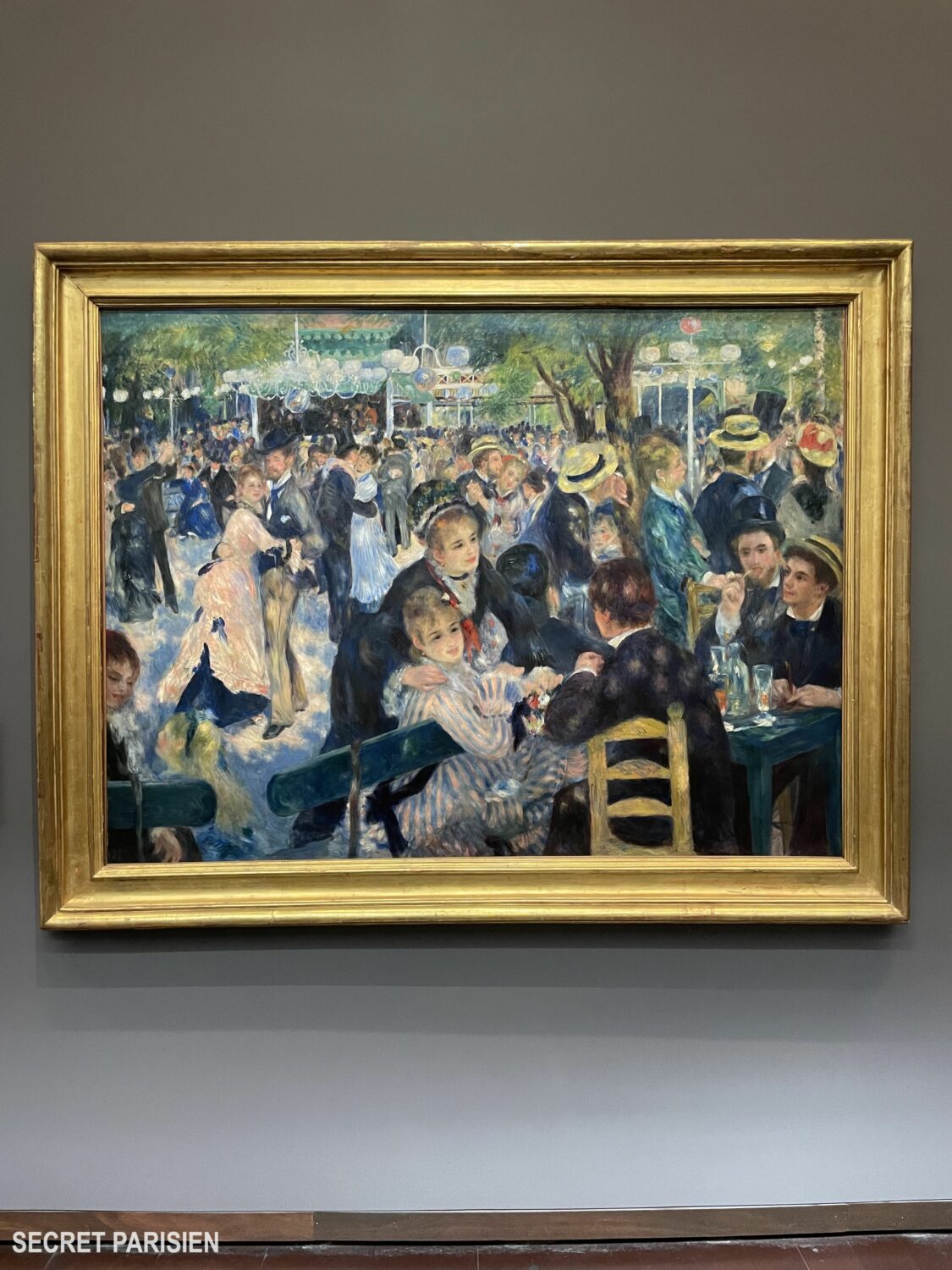
Lire également :
18 November 2024
Au Consulat: The Soul of Montmartre Through the Ages
11 November 2024
The Conciergerie of Paris
7 November 2024
The Moulin Rouge: A Parisian Nocturnal Epic
5 November 2024
The History of the Pont Neuf: A Parisian Reminiscence
22 May 2017
The “Collier de Chien” Bracelet by Hermès
29 April 2017
Henri de Toulouse-Lautrec : Le bal au Moulin Rouge
21 January 2017
An Odalisque at the Louvre
21 January 2017





